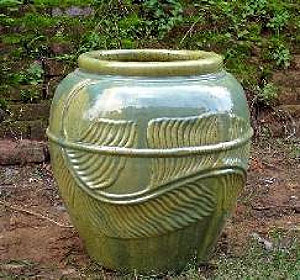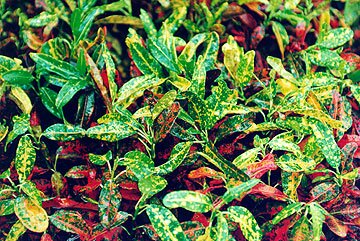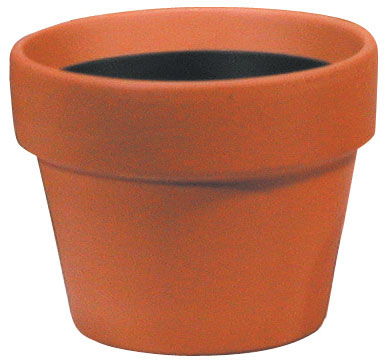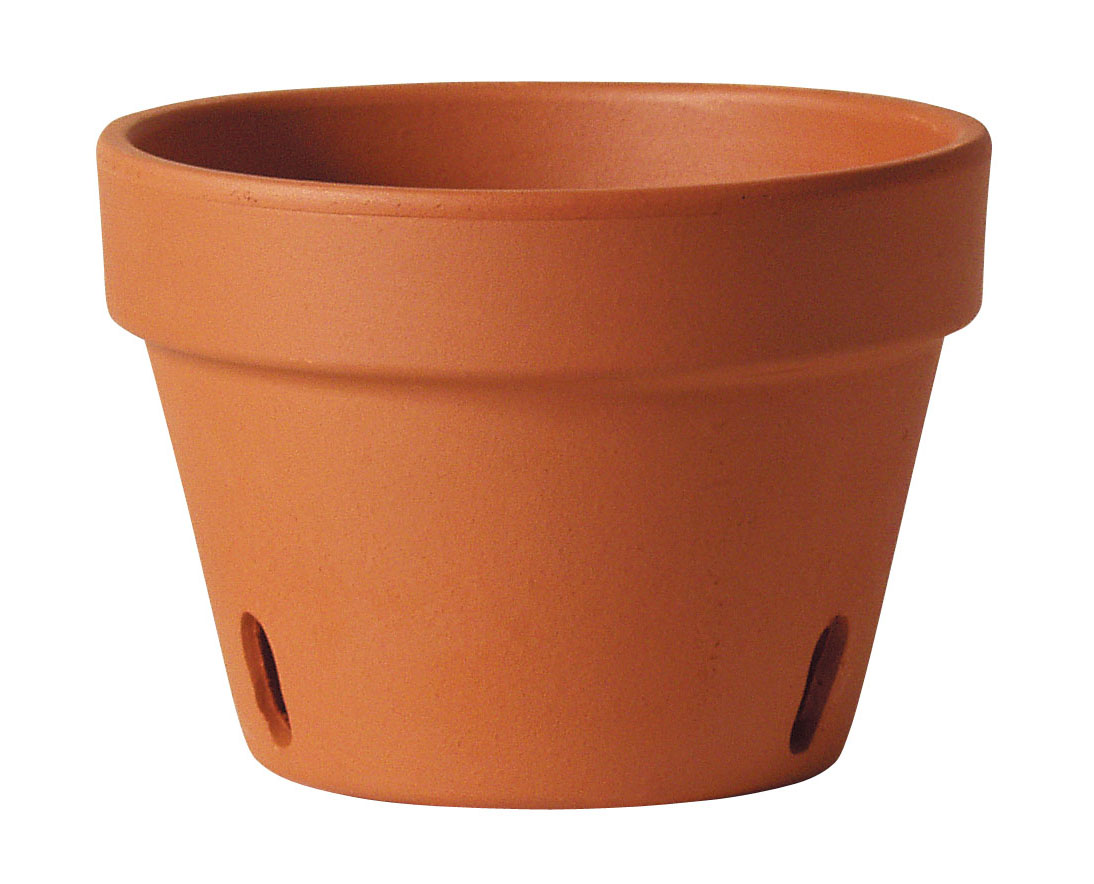|
Family Name
|
|
Euphorbiaceae
The Euphorbiaceae are mostly monoecious herbs, shrubs, and trees, sometimes succulent and cactus-like, comprising one of the largest families of plants with about 300 genera and 7,500 species that are further characterized by the frequent occurrence of milky sap. The leaves are mostly alternate but may be opposite or whorled and they are simple, or compound, or sometimes highly reduced. Stipules are generally present but may be reduced to hairs, glands or spines. The flowers are unisexual and usually actinomorphic. They may be highly reduced by suppression of parts, in the extreme form consisting of a naked stamen as a male flower and a naked pistil as a female flower. A specialized type of miniature inflorescence called a cyathium occurs in about 1,500 species comprising the genera Euphorbia and Chamaesyce. The cyathium consists of a single naked pistillate flower surrounded by cymes of naked staminate flowers, each consisting of a single stamen. These flowers are all enclosed in a cup-like involucre that typically is provided with peripheral nectaries and petaloid appendages such that the whole aggregation closely resembles a single flower. In other members of the family the flowers and inflorescences are more ordinary in appearance, with male and female flowers typically bearing a 5-merous calyx and corolla of distinct segments, although the corolla is sometimes absent. In these forms the androecium most commonly consists of 5, 10 or sometimes numerous distinct or monadelphous stamens. The gynoecium of female flowers consists of a single compound pistil of typically 3 carpels, an equal number of styles or primary style branches, and a superior ovary with typically 3 locules, each bearing 1 or 2 collateral, axile-apical pendulous ovules. The fruit is usually a capsular schizocarp. citation
|
































































